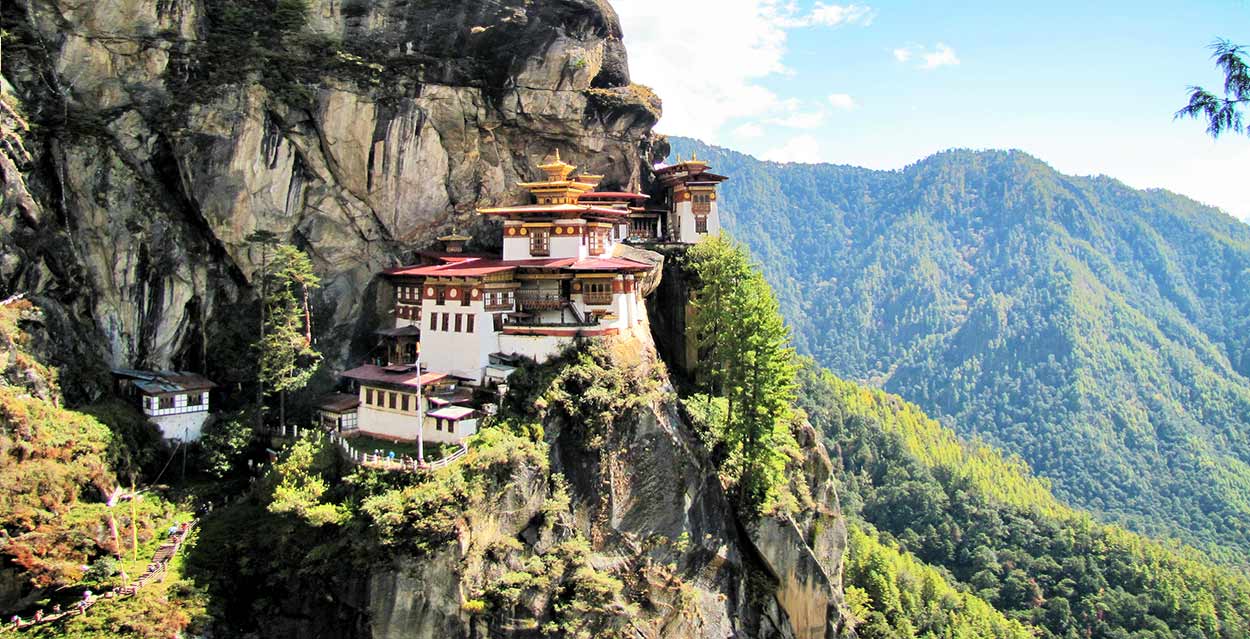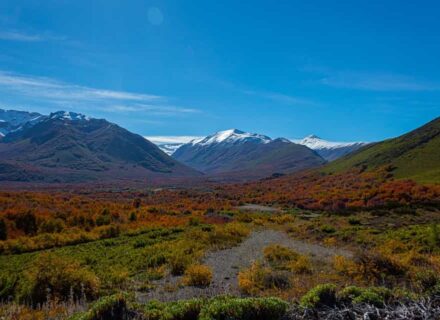Most importantly you may need to ask yourself first why are you going to visit Bhutan and what do you plan to do there? Once you have answered those questions you can easily decide when it is the best time to visit Bhutan.
Why are you going to visit Bhutan?
Are you enamoured with the mountains? A budding Buddhist practitioner? Fascinated with unique cultures? A thrifty budget traveller? Do you enjoy travelling in areas where tourism has not been left to rampantly affect the society you visit? Or you would really like to see a monsoon for real (after all what is more romantic than Buddhist temples in the rain)? Do you simply want to explore a place where anywhere outside of the Paro and Thimphu valleys are mysteriously labelled “restricted” (even if your guide gets you access anyway)?
In this article we aim to help you decide when is the best time to visit Bhutan according to your interests and passions…. keep reading to find out.
The Weather
The weather and temperatures in Bhutan varies greatly. This makes it hard to make too many generalisations about when it is best to visit. These great variations are due to the huge differences in altitudes between the towering Himalayas and the deep lush valleys, all cosying up nicely with Tropical India. The country can be warm and tropical and has permanent snow in the mountains as well.
In general, the best times of year to visit is the Spring and Autumn when the extremes of temperatures are at their most moderate. You can read more about the climate of Bhutan on the official government website.
Entry into Bhutan
Bhutan is arguably one of the most mysterious countries on the earth.
There is restricted access for foreigners and you can ONLY get a VISA to enter the country if you have booked your tour through designated Tour Operators. Read more about the VISA requirements on the official website HERE.
If you are an Indian, Maldivian or Bangladeshi national; only then can you travel through the country independently.
The government sets the daily budget of travellers to $250 p. person per day. With a reduced rate of $200 p. person per day between December and February. There is a $30-40 extra charge for those in a group of one or two.
If you are travelling on a budget then the best time to visit will be during the months of December – January, in a group.
Then you will make the best savings but be prepared for the chill of strong winds and snow. The fixed daily rates include transport, accommodation, a guide, entry fee to sights on the tour and a guide.
For some people perhaps, these travelling restrictions could be a turn off. Questions could be raised about how the tour operators are run? Can they be too exclusive? Does the income make it down to the local communities that you visit on the tours?
Then you will make the best savings but be prepared for the chill of strong winds and snow. The fixed daily rates include transport, accommodation, a guide, entry fee to sights on the tour and a guide.
For some people perhaps, these travelling restrictions could be a turn off. Questions could be raised about how the tour operators are run? Can they be too exclusive? Does the income make it down to the local communities that you visit on the tours?
There are obvious positives too. Tourism brings many negative factors and making sure travellers are accompanied in the country then one hopes the local communities are protected from harm and also that the culture can be protected from outside influence. The official guidelines for homestays does certainly look very promising; that a sustainable model is being developed, making sure host communities benefit and are protected.
For someone curious like me the fact that access is restricted makes me very, very curious indeed. Or as someone once said (I think her name was Alice):
“Curiouser and curiouser!” … (she was so much surprised, that for the moment she quite forgot how to speak good English).”
Mountains
The Himalayas are highest mountain range in the world. For anyone who loves hiking or walking then the Himalayas must surely be an ultimate goal. If so, why not trek in those parts of the mountain range inside the mysterious Bhutan? The best time of year for hiking is the Autumn or Spring. This is when the weather is at its best. Fresh blue skies, not too cold, not too hot. The Spring rewards with beautiful blossoms, mostly from giant Rhododendrons in bloom blanketing the mountainsides. Then in the Autumn beautiful autumn leaves.
The isolation of the country has protected the flora and fauna so for the birdwatchers and zoologists amongst you hiking is also a good way to reach into remote areas where the wildlife will be at its best. Spring and Winter are the best times of year for birdwatching.
The current trekking routes are somewhat limited in that explorers are not given independent access to develop new routes, but the more people begin to go to Bhutan for hiking the more the current routes can be developed and built upon. Currently only 10% of visitors to Bhutan are those that join treks.
You can also read more about the available trekking routes on the official government website HERE.
Monsoon
The monsoon usually strikes from the end of June until the end of September. To get the most of this weather experience you should plan to be in the South of the country. As a British citizen I don’t really get excited about rain but, even I get a little dreamy eyed when I think of the “monsoon”.
The exotic thrill of such heavy sustained rain in a warm tropical environment I think would change even the hardest nosed, rain hating Brit into a rain dancing, “singing in the rain” Gene Kelley wannabe…
Buddhist Temples
By far the most popular reason to visit Bhutan is for the experience of visiting a functioning and thriving Buddhist society. There are many beautiful temples and monasteries that can be visited.
Probably the most spectacular is Taktshang Goemba, remarkably clinging onto a mountainous cliff. In a developing country where the road networks are not extensive, if you would like the best opportunity to reach all the monasteries and temples you want to then a visit in Spring is imperative.
There is a good list of the most interesting monasteries and temples on the Lonely Planet website .
For those people who would like to take a spiritual approach to their visit to Bhutan there are Retreats and Meditation centres available, along with Hot Springs for wellness. You can read about some of the possibilities on the government’s official website HERE.
Again, for those people wanting to access remote monasteries, or hot springs visiting during the Autumn or Spring is the best option.
There are many festivals in Bhutan which can add a fascinating layer to your holiday. The famous Paro tsechu festival happens in the Spring.
So, tell me again when is the best time to visit Bhutan?
In conclusion:
The Spring is colourful, full of life, and festivities. A time for people interested in Culture and Buddhism. A good time for hiking as well.
The Summer is for the monsoon. Dramatic, beautiful, romantic, an experience of a time when the weather asserts its power. A perfect backdrop for a mysterious and dramatic country.
The Autumn is the best time for hiking with clear skies and crisp days.
The Winter is dry in many areas but brings snow in others. In a country with limited infrastructure this has to be considered. However, for those interested in wildlife there is a wealth of flora and fauna to be discovered particularly in the low-lying valleys at the foot of the Himalayas. Winter is also the cheapest time to visit the country.
Finally: If you are really asking me when is the best time to visit Bhutan? … my answer would probably be anytime I can get the chance, just ask and I will pack my bag….



